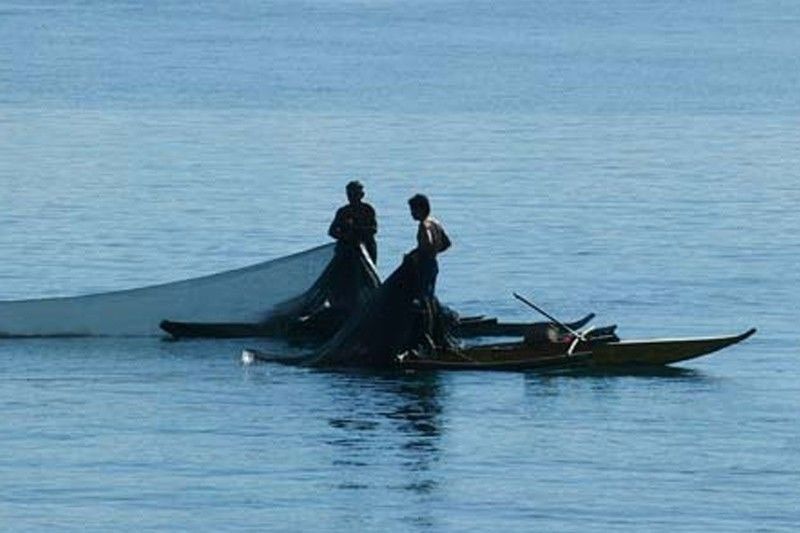Aquaculture sector seeks logistics support

MANILA, Philippines — Agricultural advocacy group Tugon Kabuhayan has voiced its reservation over the government’s plan to ease import rules on fisheries products.
In a virtual briefing yesterday, agricultural advocacy group Tugon Kabuhayan convenor Asis Perez said the National Economic and Development Authority’s proposal was counterproductive.
Tugon Kabuhayan said logistics support for the transport of fish to markets is what the country needs rather than easing importation rules.
It projects that the country’s fish requirement may grow by 500,000 metric tons by 2031, or an increase of 50,000 metric tons per year for the next 10 years, driven by population growth.
Tugon Kabuhayan said the country’s population of 111 million is seen to consume more than 4.09 million tons of fish this year.
Philippine Tilapia Stakeholders Association president Jon Juico said fish farmers still have the capacity to expand production, but they have been impacted by logistical issues.
He said this has been the case of fish farmers in Pampanga since last year.
“So instead of having two harvest cycles in a year, we only had one,” Juico said.
He explained that these logistical issues resulted in the closure of some traditional markets in Metro Manila.
“We don’t have access to the market. It’s the traders who get the produce from us. So if government can directly support us, and get directly from farmers, I’m sure they will be able to lower the price of fish going to the market,” he said.
Finfish Hatcheries Inc AVP for sales Renato Bocaya said the strict rules on transportation due to the pandemic was also part of the logistics problem.
Juicio also explained that when the government allowed the importation of galunggong, the local sector was flooded with fish.
“It brought the prices of tilapia down and a lot of our fish farmers suffered from heavy losses,” Juico said.
With farmers already at losses last year, Juico said the focus should now be on how to maximize the farm so that local farmers will earn.
Data from the Philippine Statistics Authority (PSA) show that harvests from aquaculture farms reached 2,324 metric tons, down 1.5 percent from the year before.
The aquaculture sector contributed 52.8 percent to the country’s total fisheries production last year.
- Latest
- Trending






























